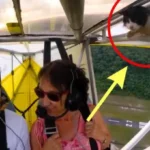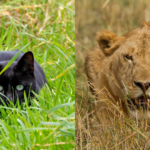Cats are known for their agility, grace, and mysterious behavior, and their tails play a crucial role in these traits. The evolution of the cat tail is a fascinating journey that underscores its multifaceted functionality. While primarily an adaptation for survival and hunting in their ancient predecessors, domestic cats have inherited this sophisticated tool to navigate their environments and communicate effectively.
The Anatomy of a Cat’s Tail
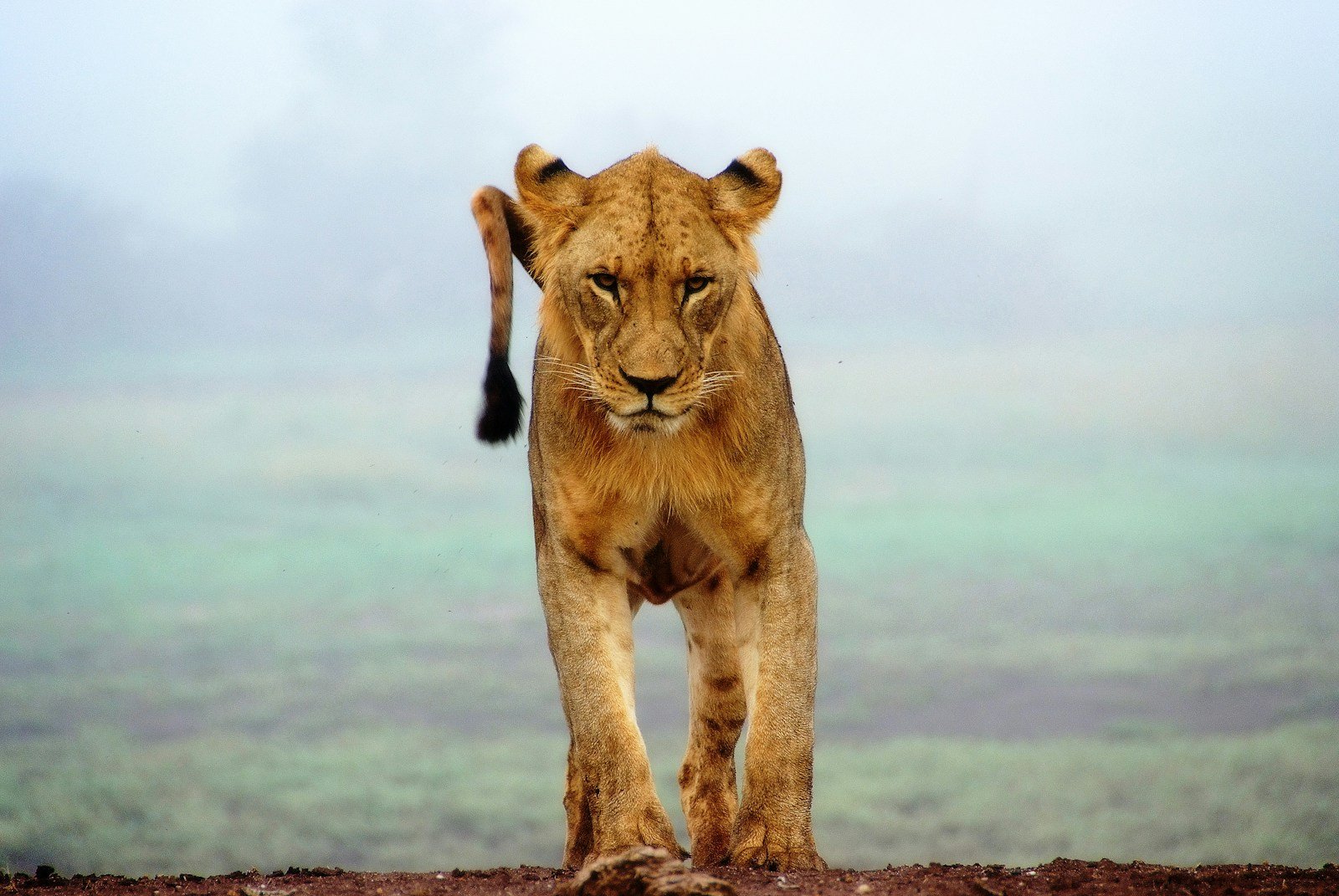
A cat’s tail is an extension of its spine, composed of a series of small bones called vertebrae. These bones form the tail’s core structure, surrounded by muscles, ligaments, and nerves that provide remarkable flexibility and mobility. Understanding the physical makeup of a cat’s tail helps us appreciate its diverse functions, from balance to communication.
The Role of the Tail in Balance
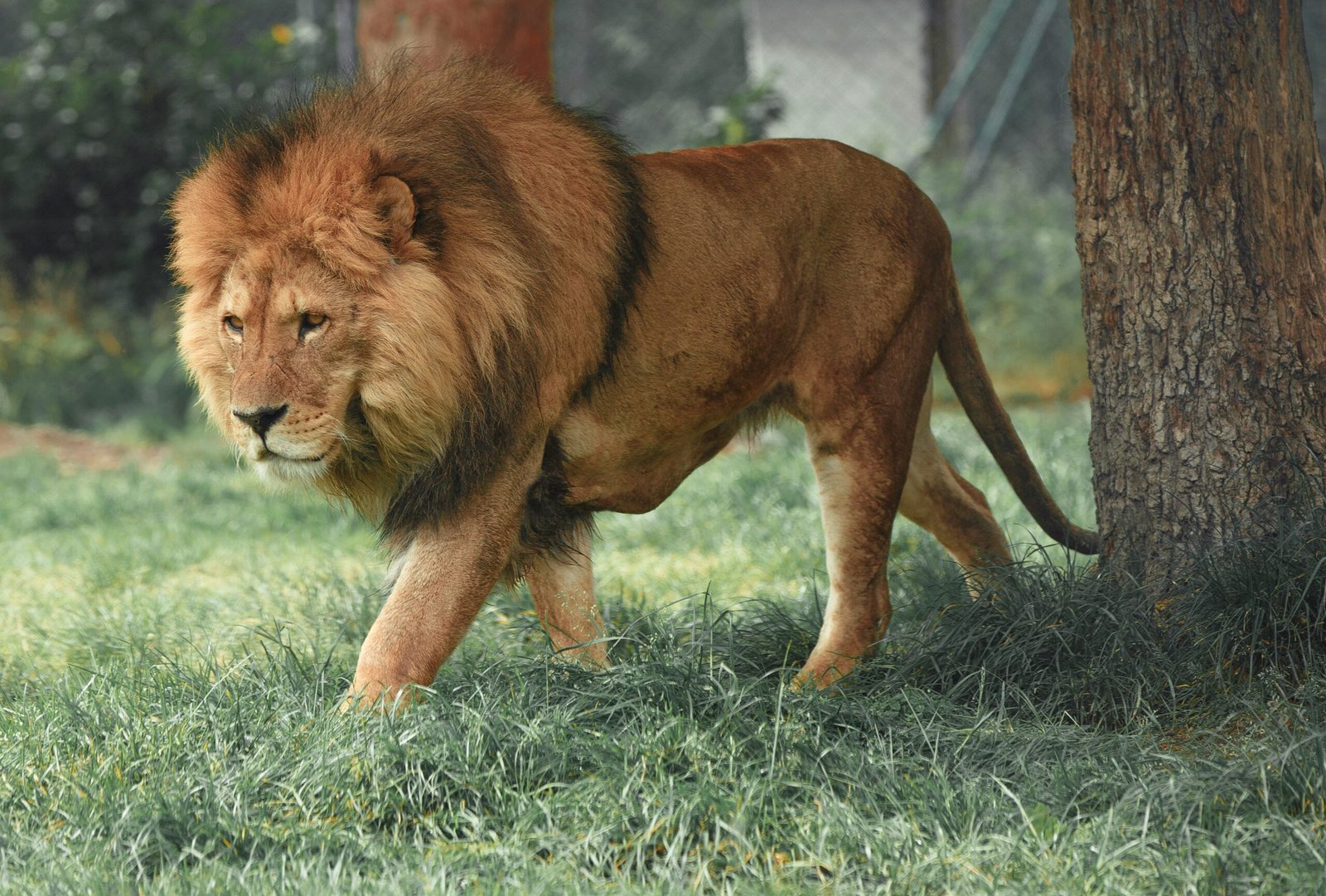
Cats are renowned for their impeccable balancing skills, and their tails are vital in maintaining this balance. Acting as a counterbalance, a cat’s tail helps it navigate narrow spaces and land gracefully from high places. For cats in the wild, this ability to balance is crucial for moving stealthily through trees and avoiding predators or capturing prey.
Communication Through Tail Language
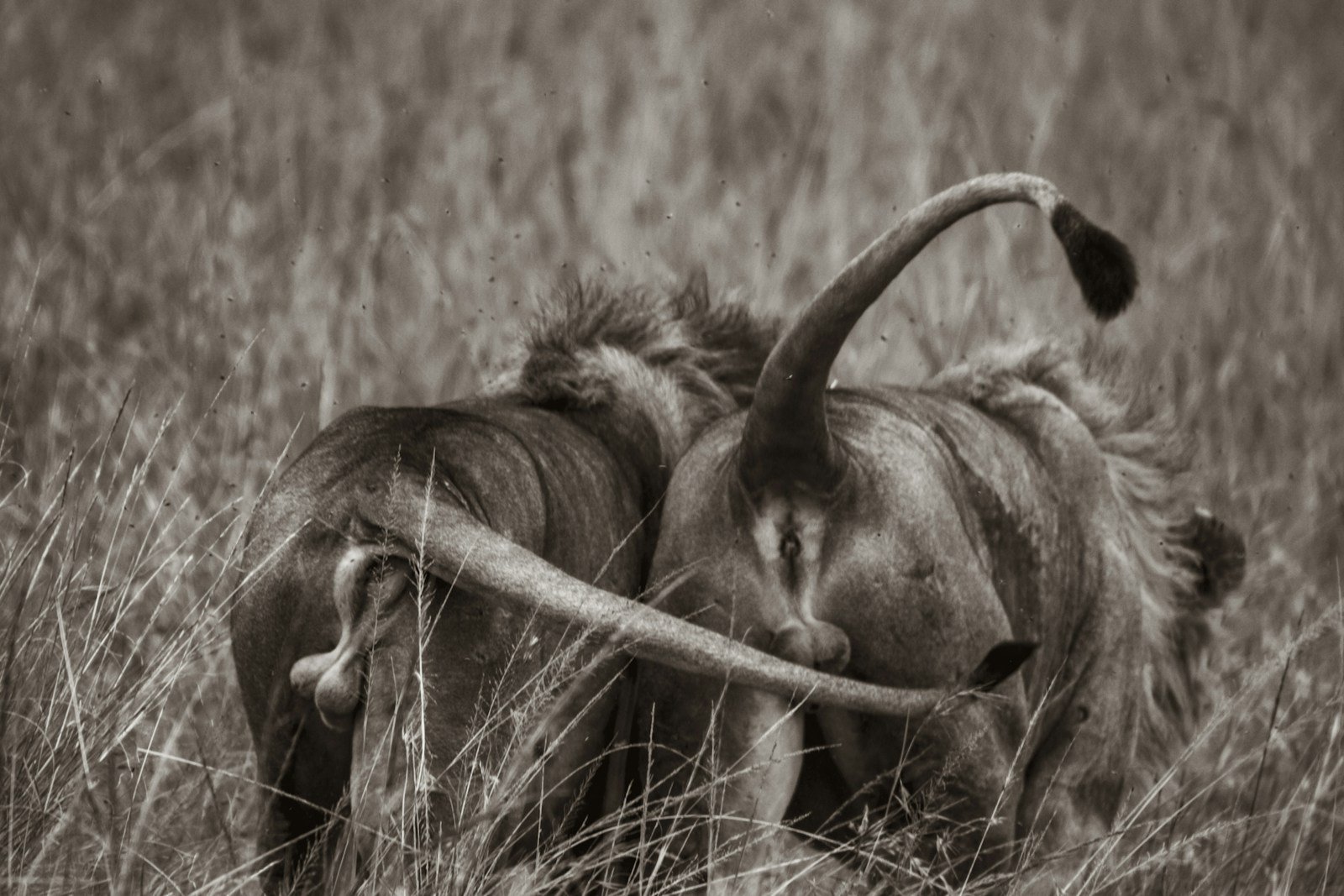
Cats use their tails to express a wide array of emotions and intentions. From happiness and curiosity to irritation and aggression, a cat’s tail is an expressive tool for communicating with other animals and humans. Observing a cat’s tail movements can be a window into understanding its mood and needs at any given moment.
Understanding Tail Positions
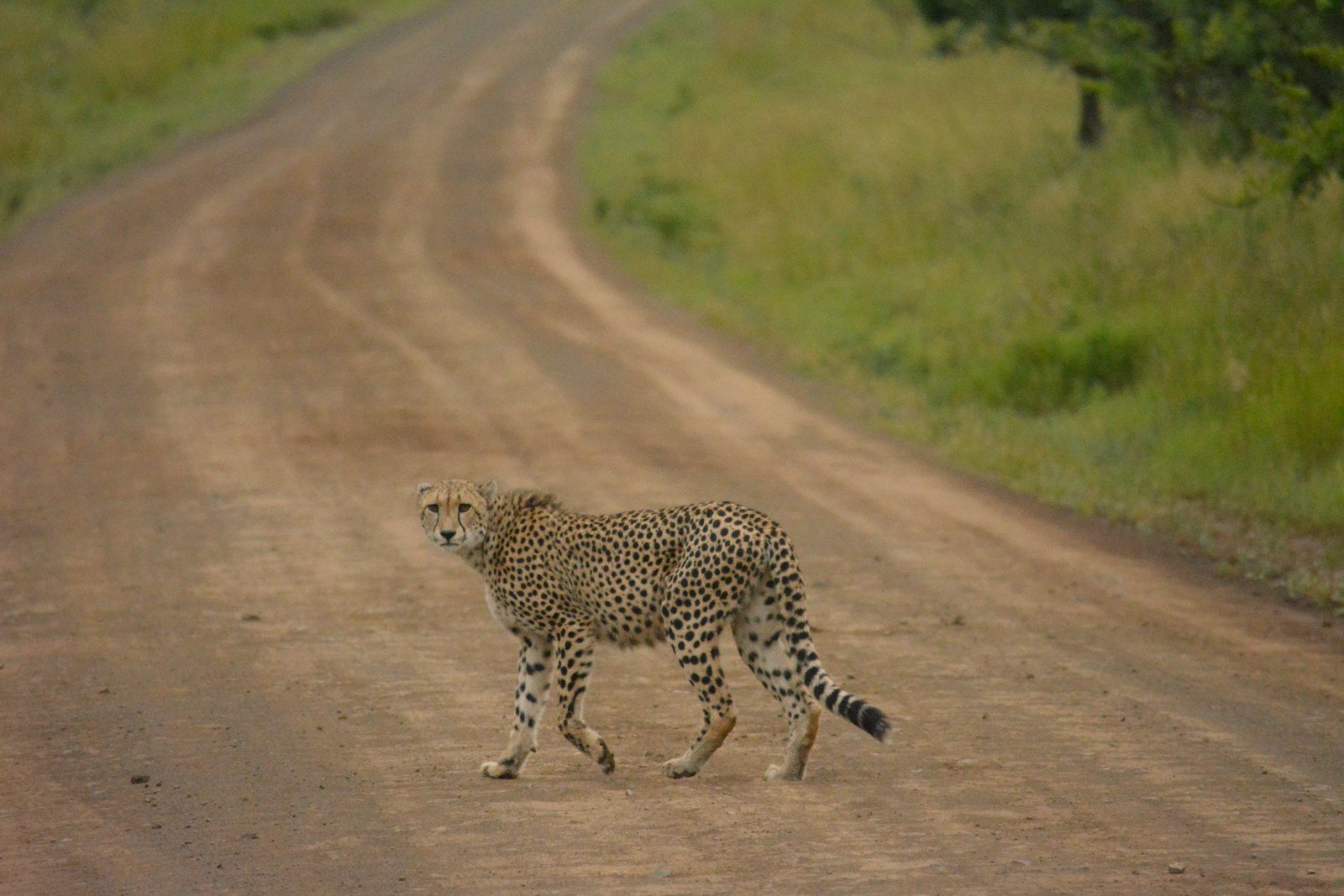
The various tail positions convey different messages. A tail held high often signifies confidence or contentment, making it a common sight when a cat is greeting someone familiar. Conversely, a puffed-up tail indicates fear or aggression, serving as a warning signal for potential threats.
Subtle Movements and What They Mean
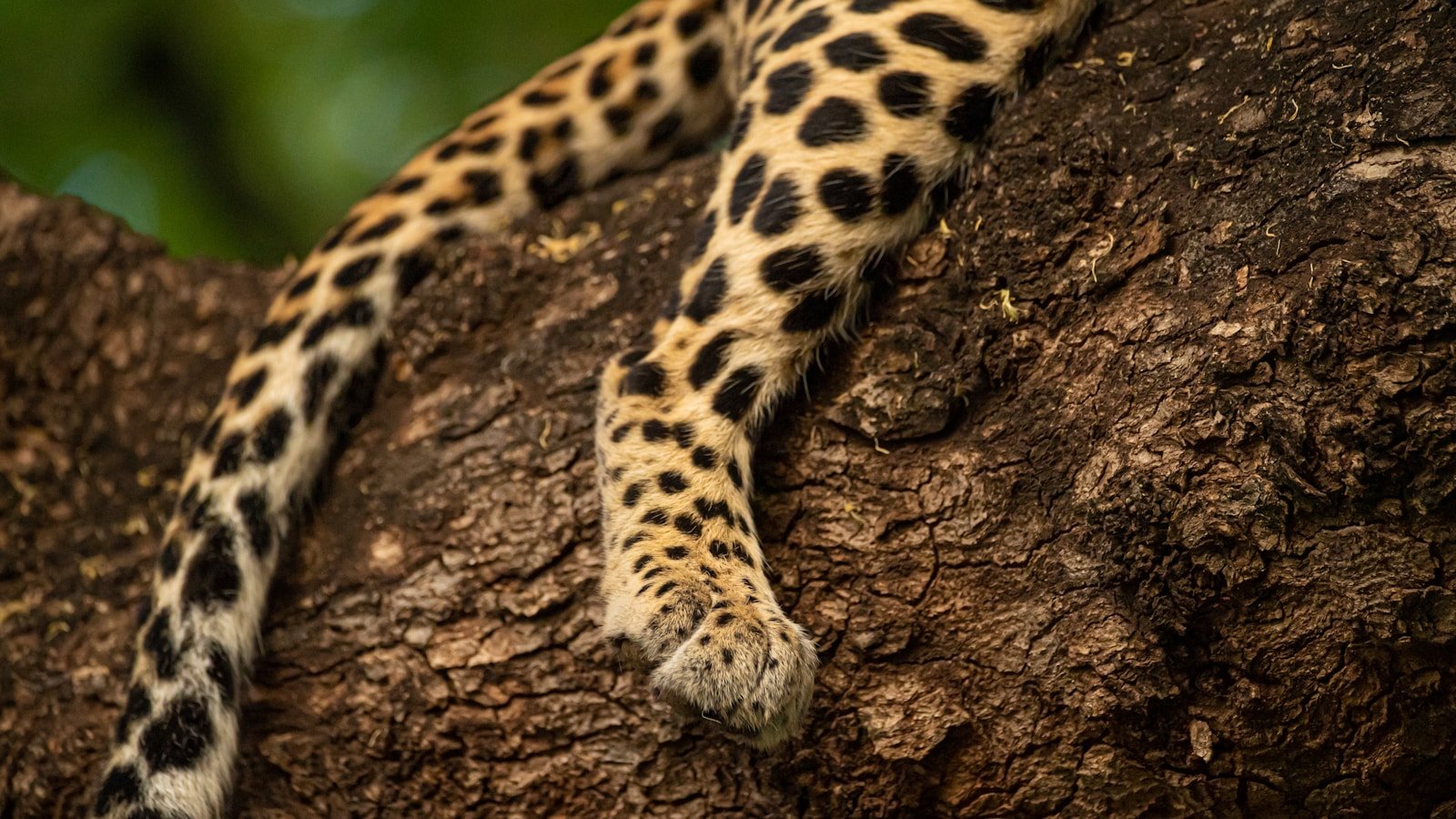
Beyond static positions, the movement of a cat’s tail can also provide insight into its emotions. Rapid flicking typically suggests irritation or agitation, whereas gentle, slow sweeping motions might indicate relaxation or curiosity. It’s important to consider these movements within the broader context of a cat’s behavior to accurately interpret its feelings.
Tail Twitches: Curious Cats at Play

A twitching tail can often be observed in cats when they are intrigued or excited, commonly during playtime or while watching potential prey. This subtle motion reflects the cat’s intense focus and readiness to spring into action, embodying the predator instincts deeply embedded in every feline.
Companionship and Social Interactions

Cats not only use their tails to communicate with humans but also with other cats. When familiar cats meet, a high-held tail indicates friendliness and non-threatening intentions. Additionally, when cats entwine their tails or wrap them around each other, it is often a sign of companionship and mutual trust.
Decoding Mixed Signals
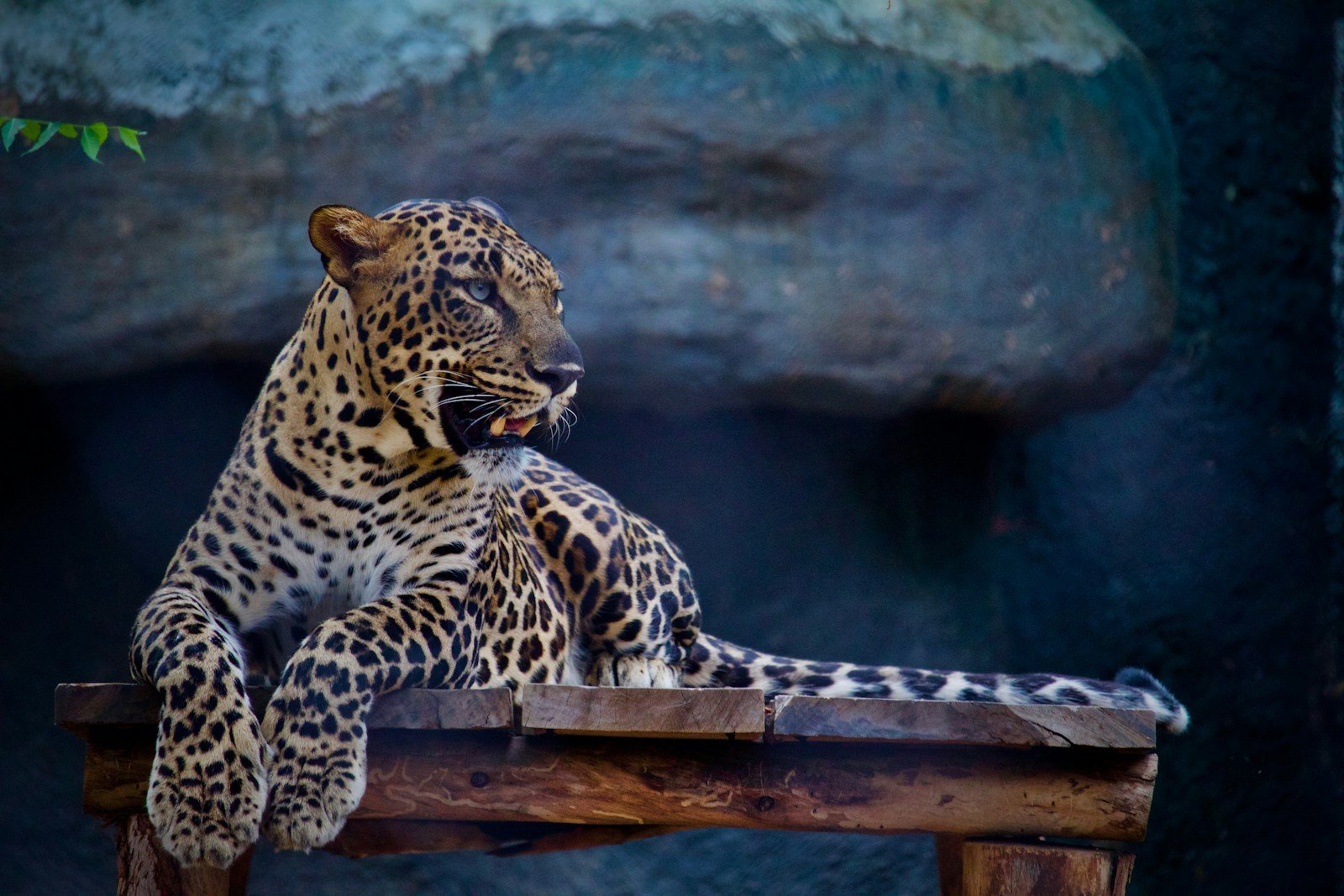
While the tail can be a powerful communicator, understanding a cat’s entire body language is crucial. Sometimes, tail signals may seem contradictory when isolated. For example, a tail flicking back and forth might signal irritation, but if accompanied by a purring cat rubbing against you, it might simply be in search of attention while mildly agitated.
How to Respond to Tail Signals
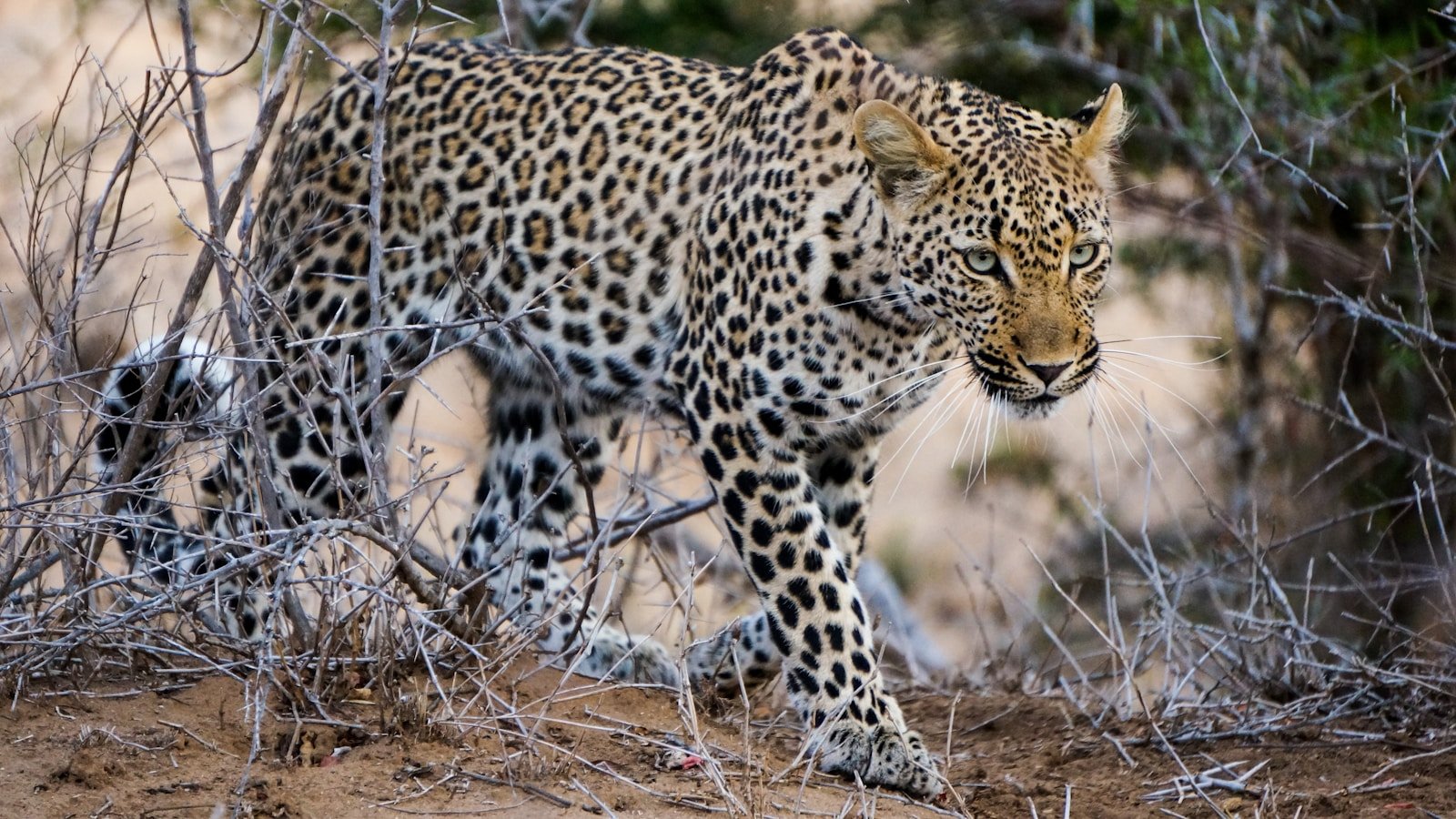
For cat owners and enthusiasts, responding appropriately to tail signals can enhance their relationship with their feline companions. Offering space when a cat shows signs of irritation or approaching gently when it displays curiosity or friendliness can foster a more harmonious coexistence.
Conclusion: The Multifaceted Nature of Cat Tails
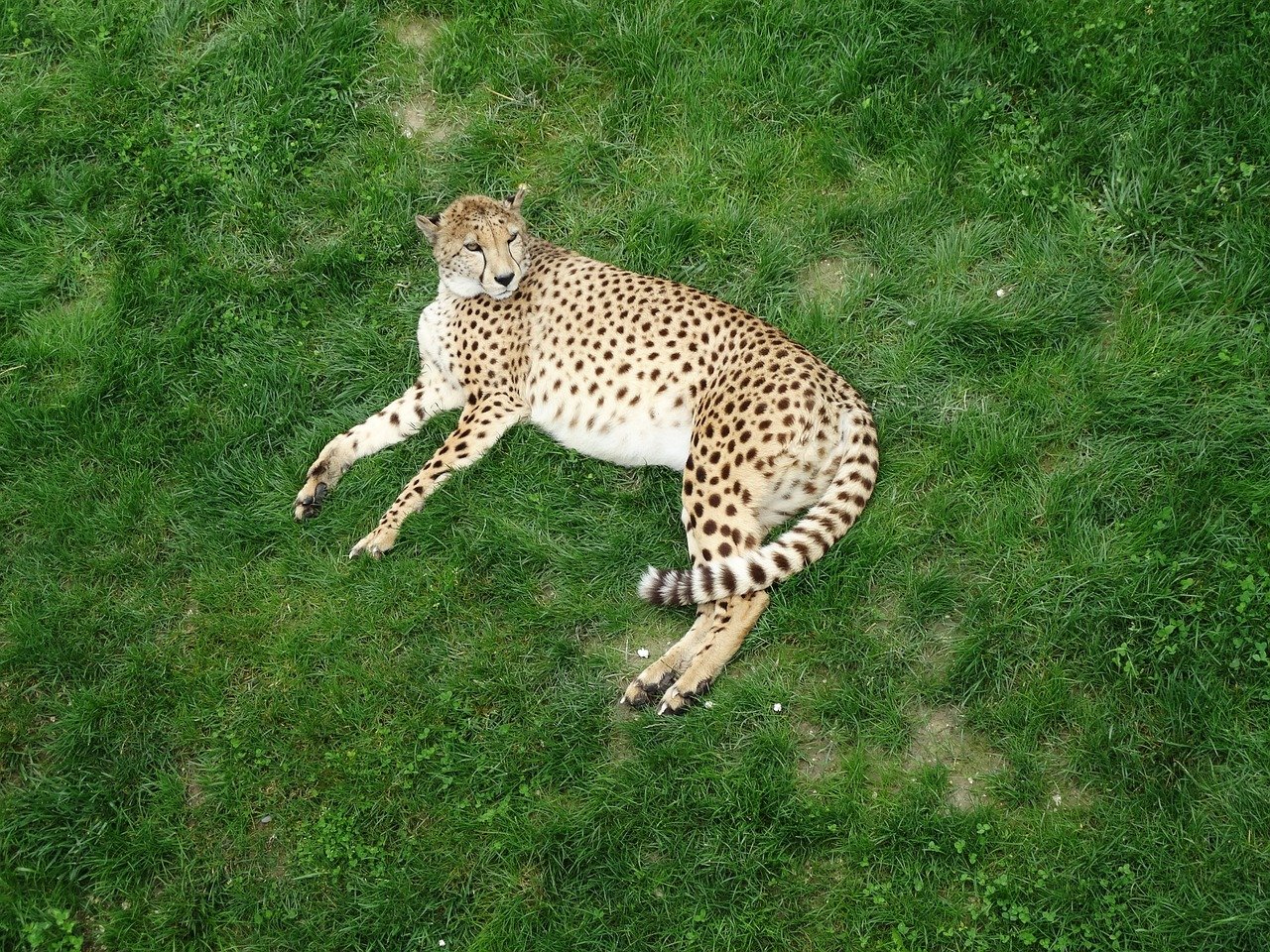
The cat tail is a remarkable feature, showcasing the evolutionary prowess of domestic and wild cats alike. It serves as a sophisticated tool for maintaining balance, expressing emotions, and facilitating social interactions. By observing and understanding the signals conveyed through a cat’s tail, we can better appreciate the nuances of feline behavior and strengthen the bonds we share with these intriguing animals.
Hi, I’m Bola, a passionate writer and creative strategist with a knack for crafting compelling content that educates, inspires, and connects. Over the years, I’ve honed my skills across various writing fields, including content creation, copywriting, online course development, and video scriptwriting.
When I’m not at my desk, you’ll find me exploring new ideas, reading books, or brainstorming creative ways to solve challenges. I believe that words have the power to transform, and I’m here to help you leverage that power for success.
Thanks for stopping by, Keep coming to this website to checkout new articles form me. You’d always love it!


